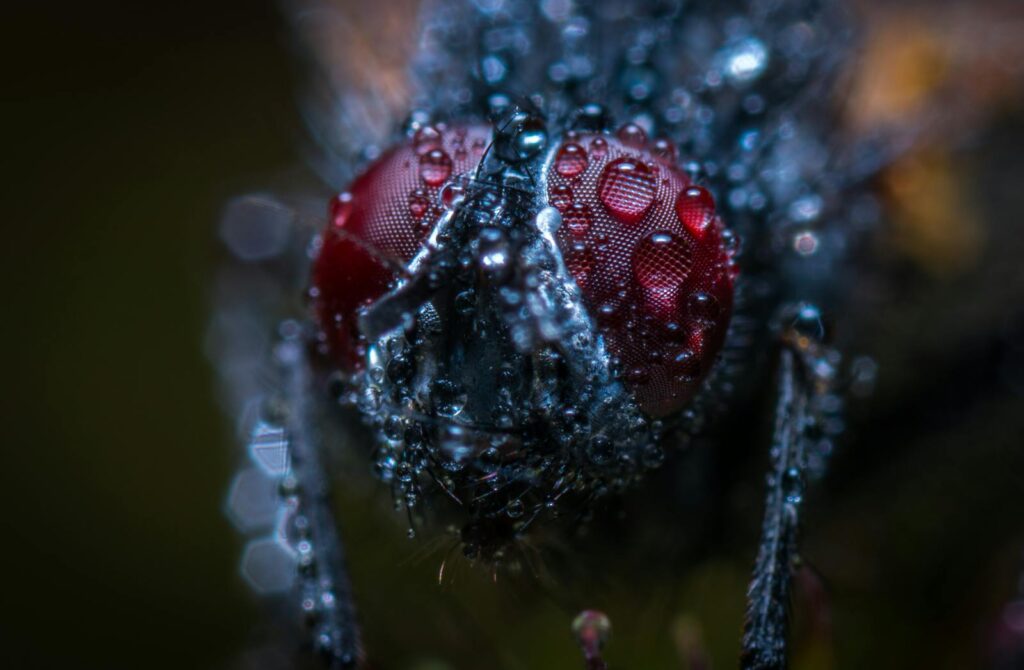In the miniature world of insects, extraordinary feats of physics and biology unfold daily, largely unnoticed by human eyes. Among these remarkable capabilities, one stands out as particularly astonishing: the fastest self-propelled movement in the animal kingdom. This isn’t achieved by powerful wings or legs, but through an explosive biological mechanism that generates acceleration forces that would be lethal to larger animals. The trap-jaw ant’s mandible strike? The mantis shrimp’s punching claws? While impressive, they pale in comparison to the true champion of explosive movement: the humble springtail’s escape jump. This article explores the physics, biology, and significance behind the most explosive insect movement ever documented by science.
The Springtail: Tiny but Mighty
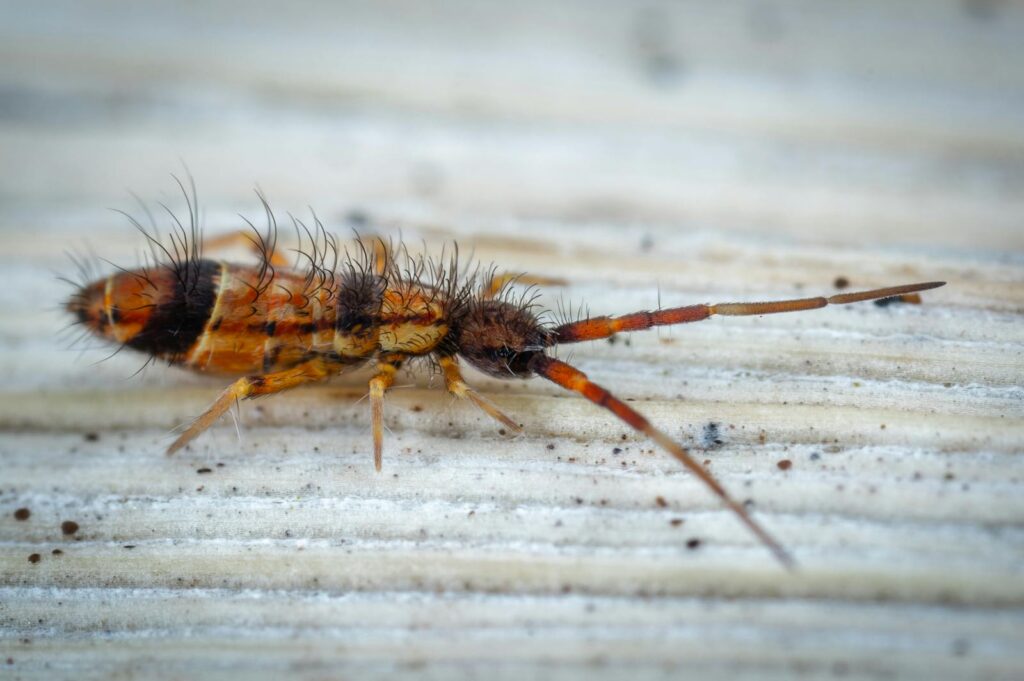
Springtails (Collembola) are tiny hexapods that, despite their insect-like appearance, aren’t true insects but belong to a separate evolutionary lineage. Measuring just 1-2 millimeters in length, these creatures inhabit soil, leaf litter, and other moist environments worldwide, with over 9,000 described species. Their ecological importance as decomposers often goes unrecognized, as they break down organic matter and contribute to soil health. What makes springtails truly remarkable isn’t their ecological role, however, but the astonishing escape mechanism they’ve evolved – a biological catapult that generates acceleration forces that would turn any vertebrate to jelly.
The Furcula: Nature’s Perfect Catapult
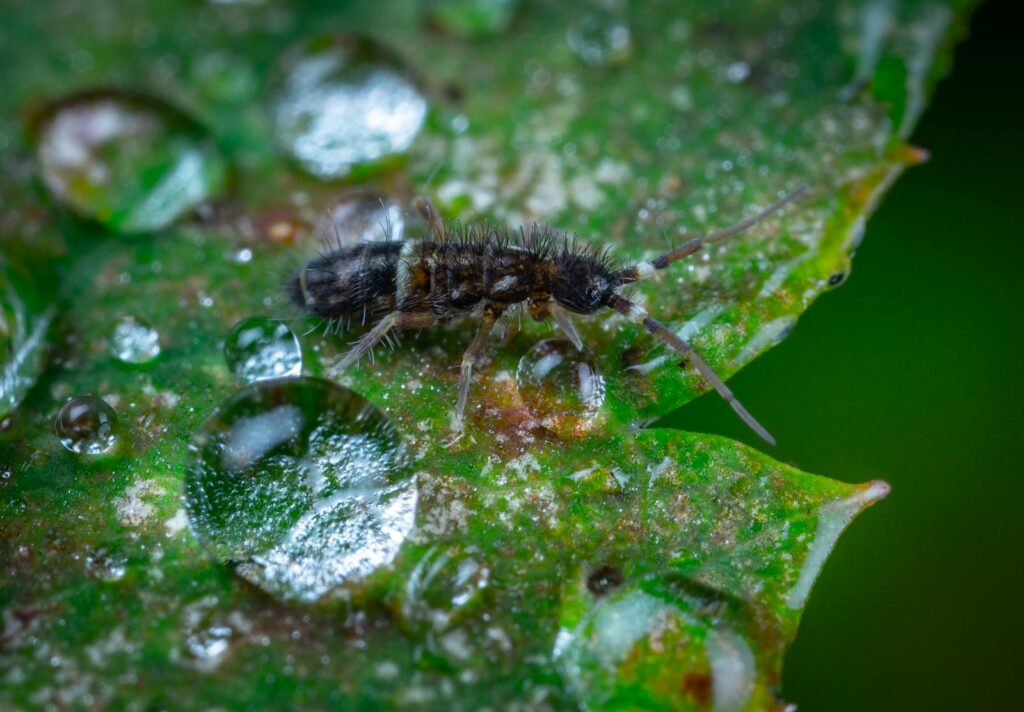
The secret to the springtail’s explosive movement lies in a specialized organ called the furcula – a forked, tail-like appendage tucked under the abdomen that acts as a biological spring-loaded catapult. When at rest, this structure is held against the body by a catch mechanism called the retinaculum, storing potential energy like a compressed spring. When danger threatens, the furcula is released with explosive force, striking the ground and launching the springtail into the air in a fraction of a second. The furcula’s evolution represents a masterpiece of natural engineering, combining elastic proteins with a precise release mechanism that transforms stored energy into kinetic energy with remarkable efficiency.
Record-Breaking Acceleration
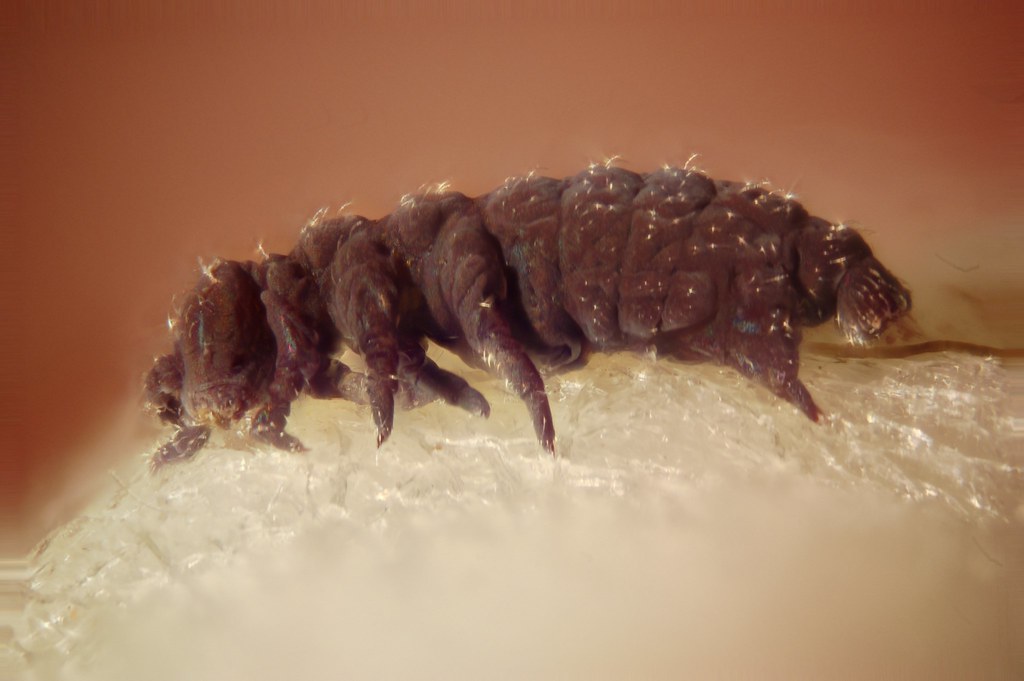
The numbers behind the springtail’s jump are mind-boggling and represent the most explosive movement ever recorded in the animal kingdom. High-speed cameras capturing these jumps have measured accelerations exceeding 400 g – that’s 400 times the force of Earth’s gravity. For perspective, fighter pilots wearing special pressurized suits may experience 9-12 g during extreme maneuvers, and can lose consciousness at sustained forces above that. The springtail achieves this acceleration in just 1-4 milliseconds, a timeframe so brief it’s imperceptible to human senses. Some springtail species can launch themselves to heights over 100 times their body length, equivalent to a human jumping over a 60-story building.
The Physics Behind the Fury
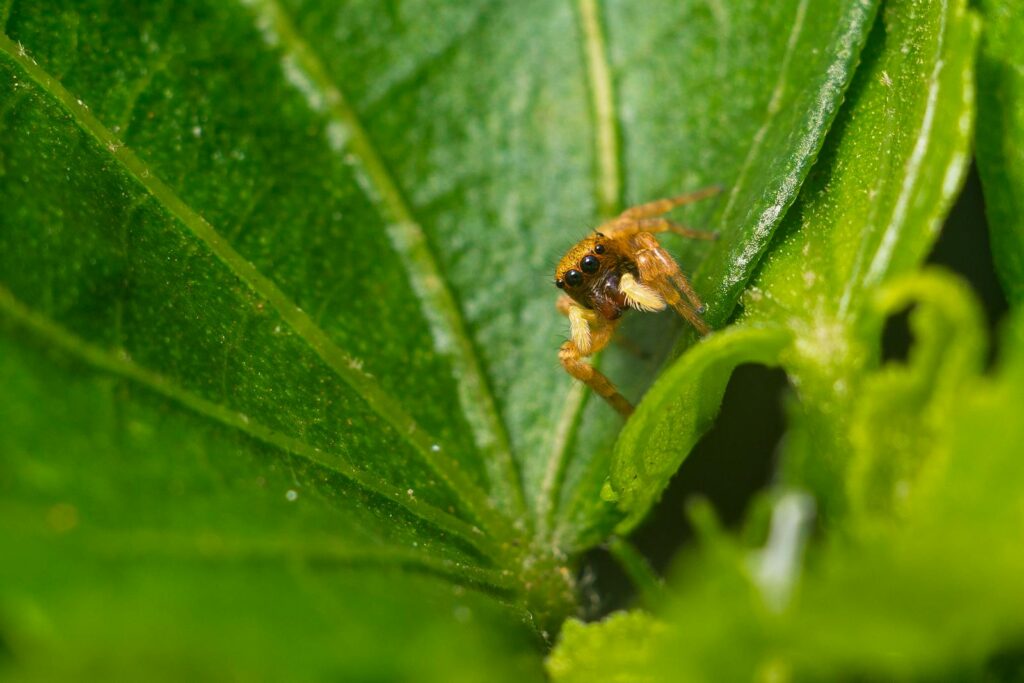
The explosive nature of the springtail jump relies on fundamental principles of physics and mechanical advantage. The furcula acts as a power amplifier, storing energy gradually and releasing it almost instantaneously – a perfect example of power amplification in biology. This mechanism leverages elastic energy storage in specialized proteins called resilin, which can stretch and recoil without losing energy to heat. The rapid release mechanism creates a near-perfect energy transfer system, converting potential energy to kinetic energy with minimal losses. Researchers studying these mechanisms have found that the springtail’s jump efficiency approaches theoretical maximum limits, making it one of the most energy-efficient movements in nature.
Survival Adaptation: Jump or Die
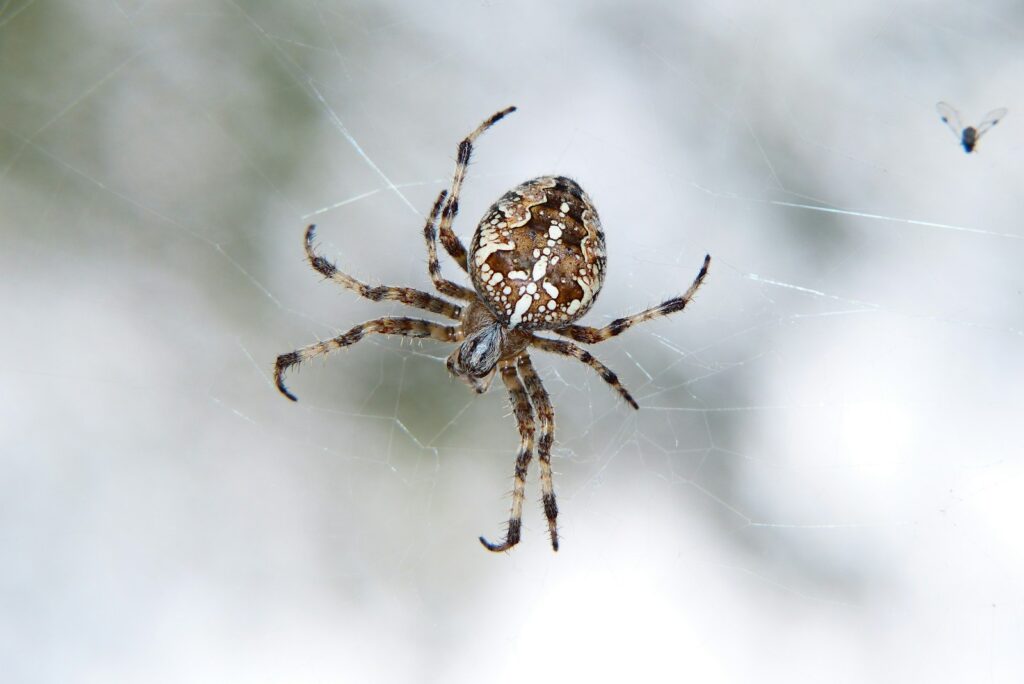
The evolutionary pressure driving the development of this extraordinary jumping mechanism is straightforward: predator avoidance. Springtails face numerous threats in their soil habitats, from mites and spiders to centipedes and ants. Without the ability to bite, sting, or outrun these predators, springtails rely on their explosive escape jump as their primary survival strategy. The randomized nature of the jump direction adds to its effectiveness as an escape mechanism – predators cannot predict where their prey will land. This adaptation has proven so successful that the basic mechanism has remained largely unchanged for over 400 million years, with fossil springtails showing the same specialized furcula structure.
Comparative Insect Acceleration
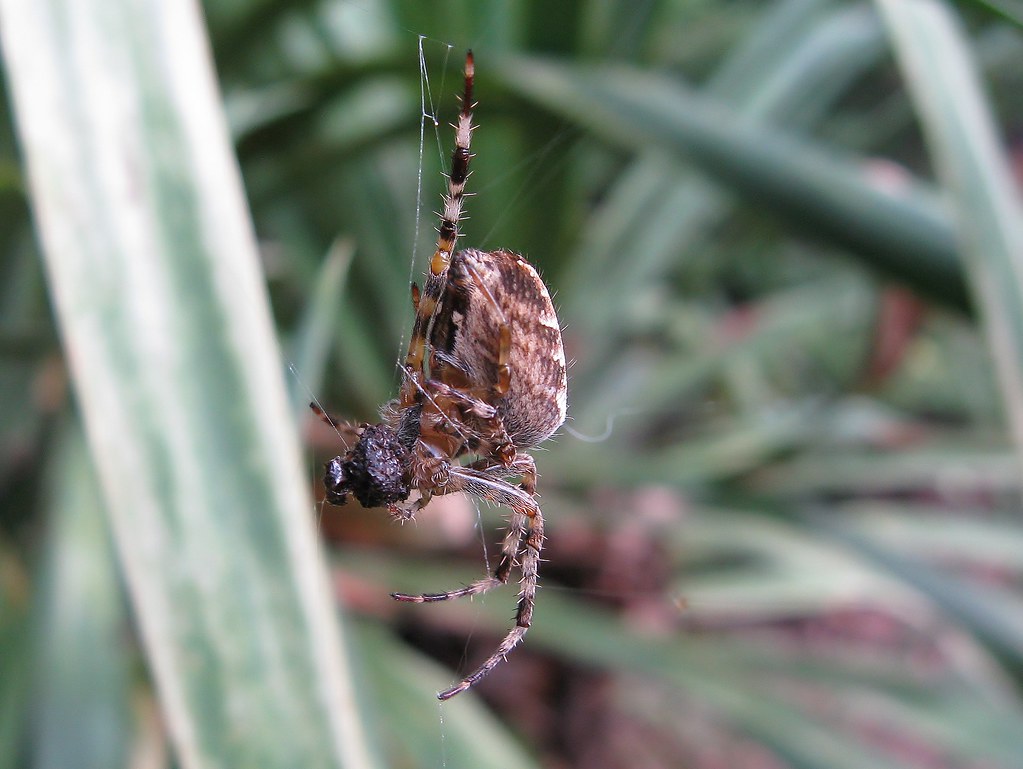
While the springtail holds the record for the most explosive movement, other insects have evolved impressive acceleration mechanisms of their own. The trap-jaw ant (Odontomachus) can close its mandibles at speeds reaching 145 mph, generating forces of 100 g for predation and defensive “jaw jumps.” The flea can accelerate at 100 g during its jumps, using a similar elastic energy storage mechanism. The click beetle can launch itself 20 centimeters into the air by flexing its thoracic segments, achieving 380 g. However, when normalized for body size and considering the brief acceleration time, the springtail’s jump remains unrivaled in terms of explosive power output per unit of body mass.
Scientific Measurement Challenges
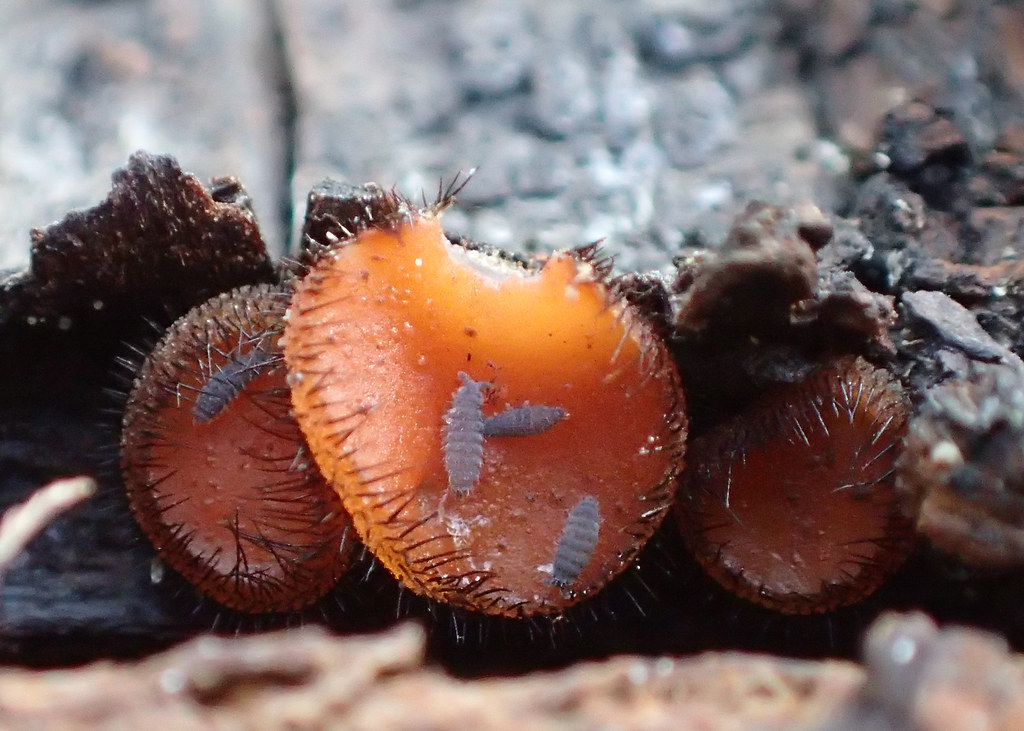
Accurately measuring the world’s most explosive animal movement presents significant technical challenges for researchers. The combination of the springtail’s tiny size (often less than 2mm) and the extremely brief duration of the jump (1-4 milliseconds) requires specialized equipment. Scientists employ ultra-high-speed cameras capable of capturing thousands of frames per second, synchronized with precise triggering mechanisms to catch the unpredictable jumps. Sophisticated motion analysis software then tracks the movement frame-by-frame to calculate velocity and acceleration values. The development of these measurement techniques represents a significant achievement in biomechanics research and has allowed scientists to verify the record-breaking nature of the springtail’s jump.
Biomechanical Marvels: How They Survive the G-Force
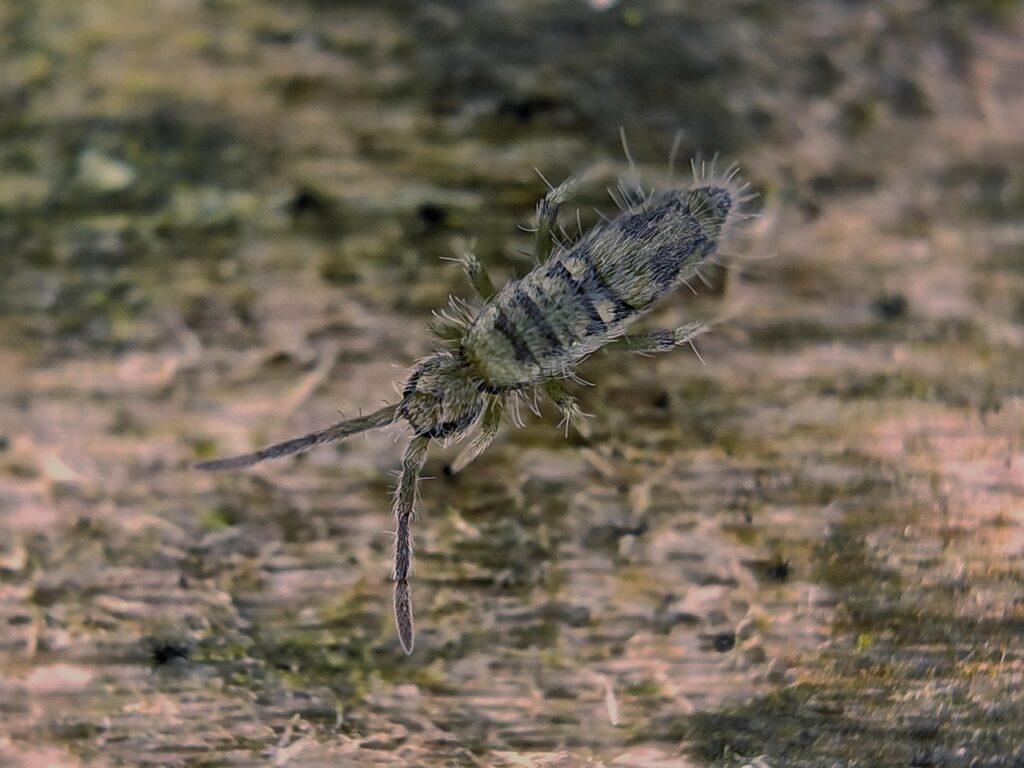
The acceleration forces experienced during a springtail jump would be instantly fatal to larger animals, raising the question: how do springtails survive their own explosive movements? The answer lies in their small size, exoskeleton structure, and specialized internal anatomy. At microscopic scales, the physics of acceleration work differently – smaller animals can withstand proportionally greater forces due to the square-cube law, where volume (and thus mass) increases with the cube of linear dimensions. Springtails have evolved specialized internal organs and fluid systems that can withstand massive acceleration without damage. Their exoskeleton provides structural integrity during the jump, while their simple internal anatomy lacks the complex suspended organs that would be damaged by sudden acceleration in larger animals.
Evolutionary History of Explosive Movement
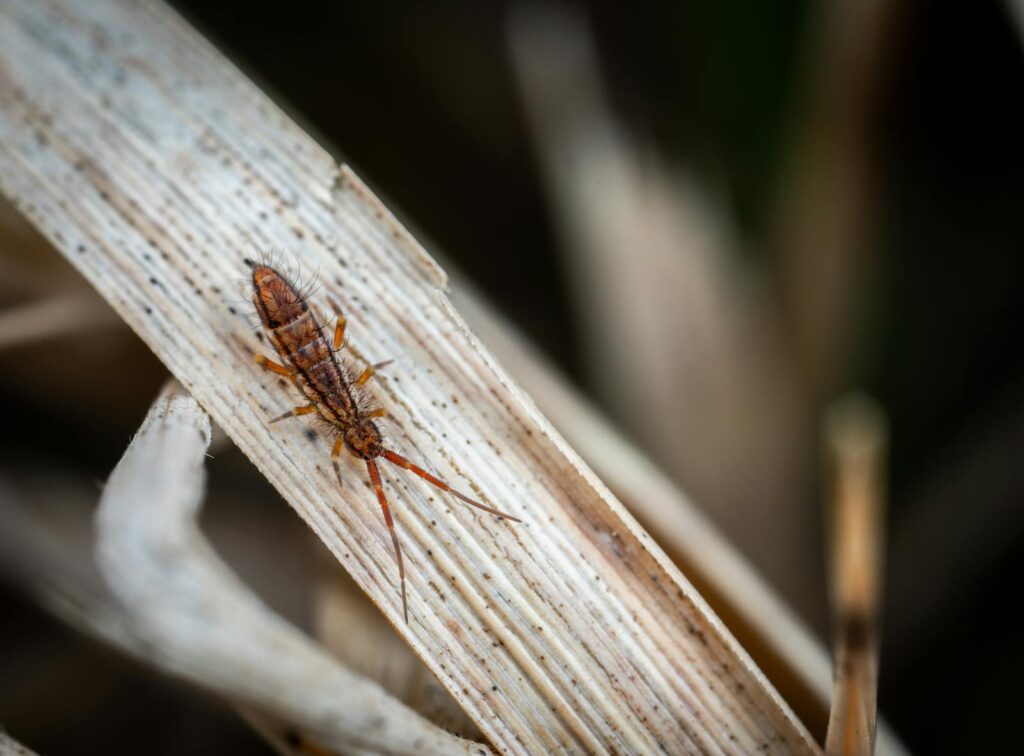
The springtail’s jumping mechanism represents one of nature’s oldest and most successful adaptations, with fossil evidence suggesting this explosive movement evolved at least 400 million years ago during the Devonian period. This predates the evolution of many modern insect groups and represents one of the earliest examples of specialized locomotion in arthropods. Genomic studies indicate that the proteins and structures involved in the jumping mechanism have been highly conserved throughout evolution, suggesting strong selection pressure to maintain this life-saving adaptation. Comparison of diverse springtail species shows that while the basic mechanism remains similar, variations in furcula shape and size have evolved to optimize jumping performance in different habitats and ecological niches.
Biomimicry Applications
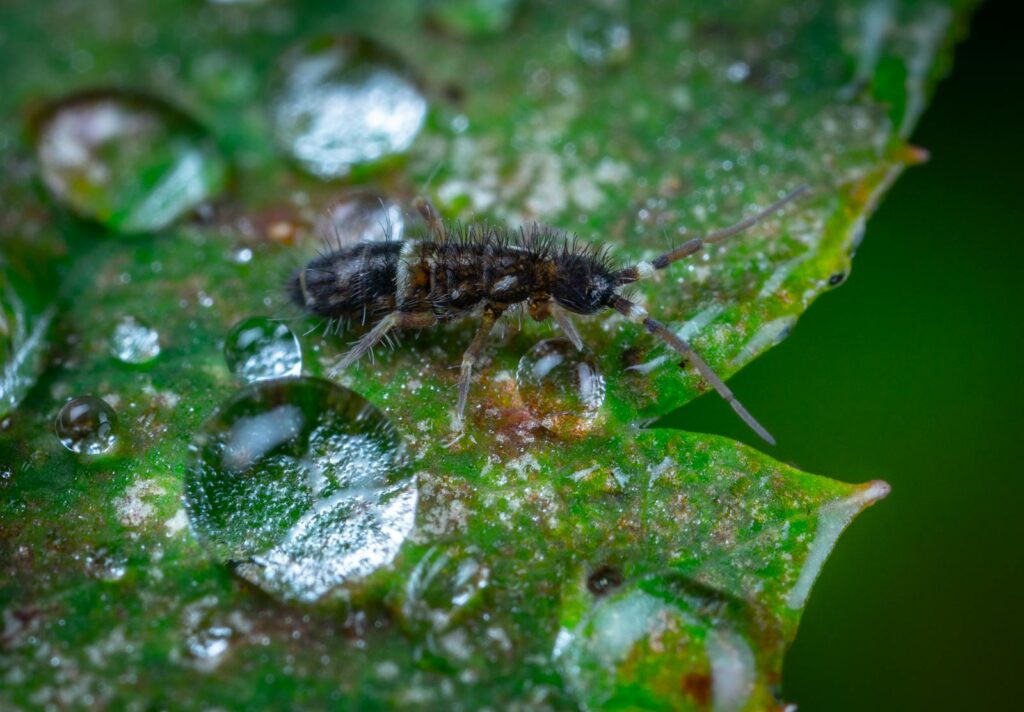
The extraordinary efficiency and power of the springtail’s jumping mechanism has attracted significant interest from engineers and materials scientists seeking biomimetic inspiration. Researchers are studying the elastic protein properties of the furcula to develop new resilient materials that can store and release energy with minimal loss. Micro-robotics engineers are drawing inspiration from the springtail’s latch and release mechanism to create tiny jumping robots for applications ranging from search and rescue to planetary exploration. The springtail’s ability to achieve controlled, powerful movement without motors or batteries represents a compelling model for sustainable mechanical systems. Some researchers are even exploring medical applications, studying how the springtail’s exoskeleton absorbs impact forces for developing better protective gear.
Record-Breaking Relatives

While the springtail holds the title for most explosive movement, some of its relatives and evolutionary cousins display remarkable jumping abilities of their own. The click beetle (Elateridae) can propel itself upward with a powerful snap of its thoracic segments, generating up to 380 g of acceleration. The plant-dwelling froghopper insect (Cercopidae) can accelerate at up to 400 g when jumping, though over a longer timeframe than the springtail. The jumping spider achieves precise, targeted jumps using hydraulic pressure in its legs rather than a spring mechanism. Some tiny parasitic wasps can jump using their hind legs with acceleration approaching that of springtails, though with less efficiency and power output. These diverse jumping mechanisms demonstrate convergent evolution, where similar functional solutions evolve independently in response to similar selective pressures.
Future Research Directions

The extraordinary nature of the springtail’s jump continues to inspire new research questions and technological applications. Scientists are currently using advanced imaging techniques like synchrotron radiation to map the nanoscale structure of the furcula’s elastic proteins, seeking to understand how they achieve such remarkable energy storage efficiency. Comparative genomic studies are examining the genetic basis for the development and maintenance of the jumping apparatus across springtail species. Ecological researchers are investigating how climate change and soil degradation might affect springtail populations and their jumping performance in different habitats. Biomechanical engineers continue to develop increasingly sophisticated models of the energy storage and release mechanisms, with applications ranging from microscale robotics to emergency escape systems.
Conclusion: Nature’s Explosive Champion

The springtail’s explosive jump stands as a testament to the extraordinary mechanical solutions that evolution can produce when subjected to consistent selection pressure over millions of years. This remarkable adaptation – achieving the most explosive movement ever recorded in the animal kingdom – challenges our understanding of biological limits and demonstrates how seemingly simple organisms can achieve feats that surpass our most advanced technologies in efficiency and performance. As we continue to study these tiny champions of acceleration, they offer valuable lessons about energy storage, materials science, and mechanical design that may inform future technological breakthroughs. In the microscopic world beneath our feet, the humble springtail continues to perform its record-breaking jumps, a living example of natural engineering pushed to its theoretical limits.

